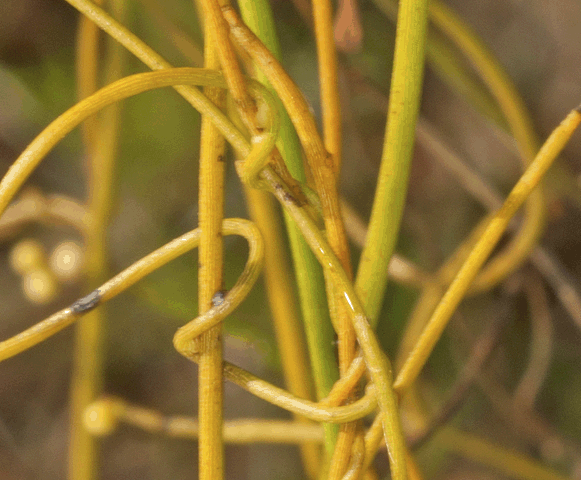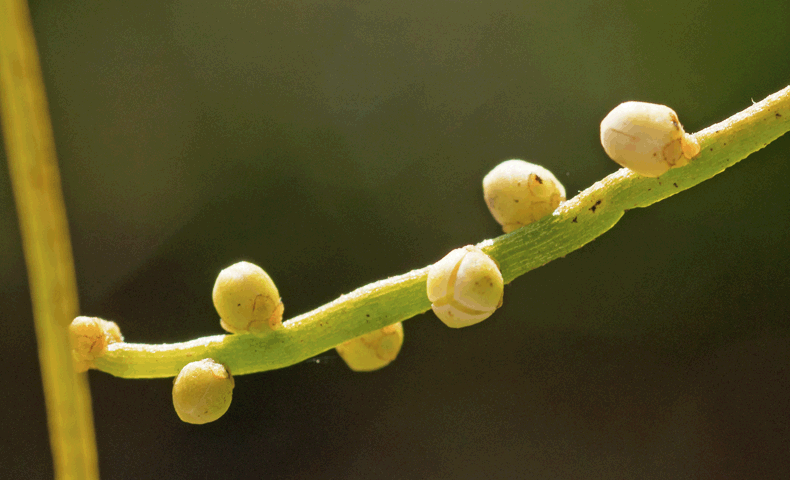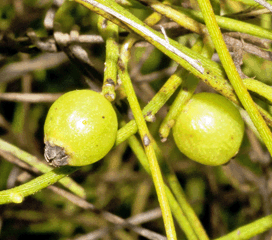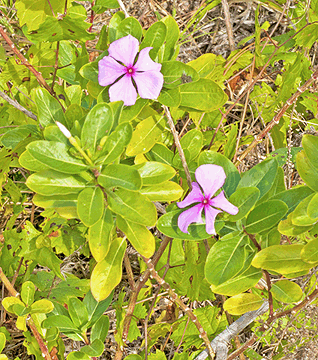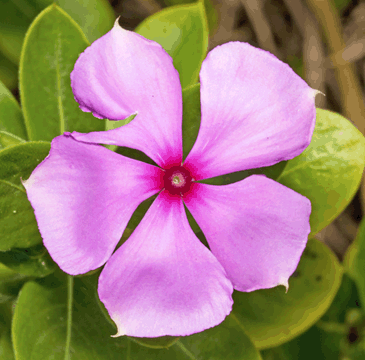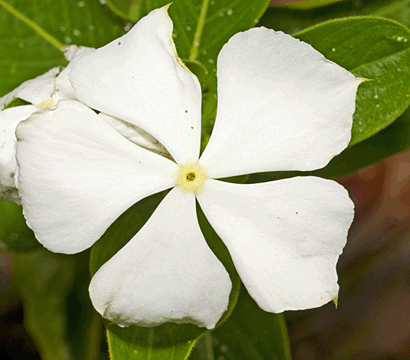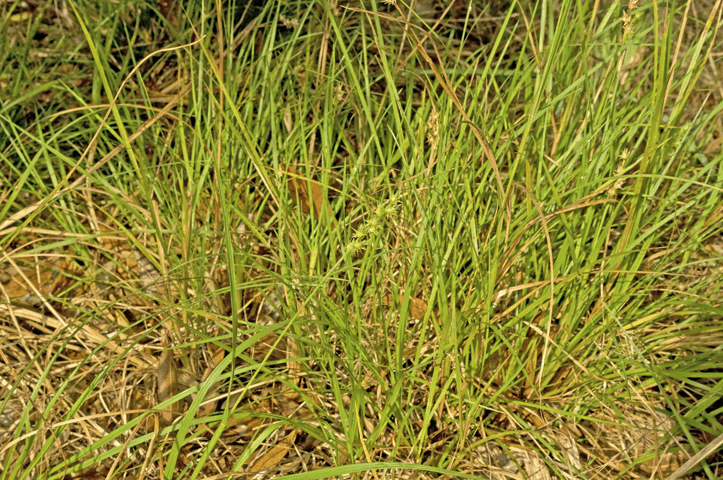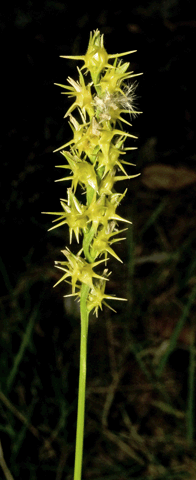Asimina reticulata thru Cenchrus gracillimus
Species Name |
Common Name |
Asimina reticulata |
|
Asparagus setaceus |
|
Averrhoa carambola |
|
Baccharis halimifolia |
|
Bacopa monnieri |
|
Balduina angustifolia |
|
Bidens alba |
|
Boerhavia diffusa |
|
Buchnera americana |
|
Bursera simaruba |
|
Callicarpa americana |
|
Cassytha filiformis |
|
Catharanthus roseus |
|
Cenchrus gracillimus |
Asimina reticulata Netted Pawpaw
|
Asparagus setaceus Asparagus Fern
|
Averrhoa carambola Starfruit / Carambola
|
Baccharis halimifolia Saltbush
|
Bacopa monnieri Water Hyssop
|
Balduina angustifolia Coastalplain Honeycombhead / Yellow Buttons
|
Bidens alba Beggarticks
|
Boerhavia diffusa Red Spiderling / Wineflower
|
Buchnera americana Bluehearts
|
Bursera simaruba Gumbo Limbo
|
Callicarpa americana American Beautyberry
|
Cassytha filiformis Love Vine
|
Catharanthus roseus Madagascar Periwinkle
|
Cenchrus gracillimus Slender Sandsbur
|
© Photographs and text by Susan Leach Snyder (Conservancy of Southwest Florida Volunteer), unless otherwise credited above.

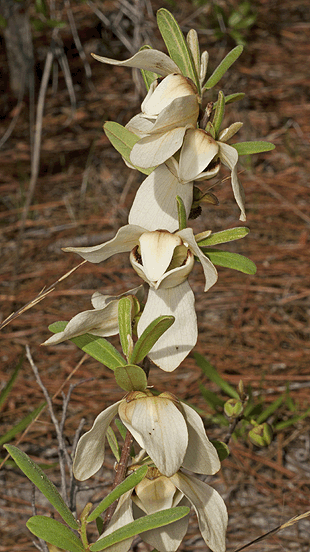
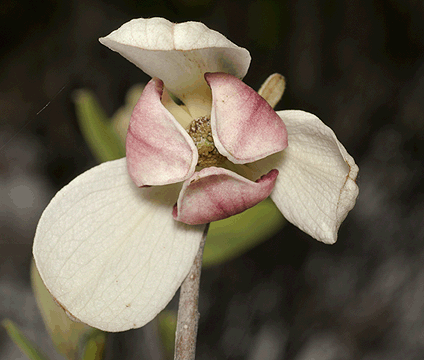
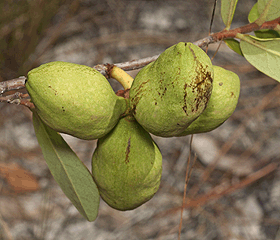
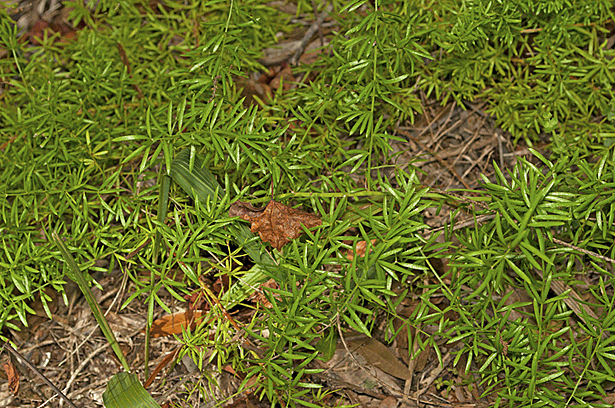
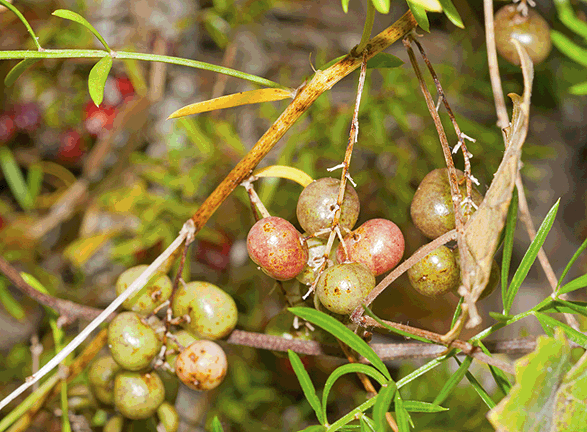
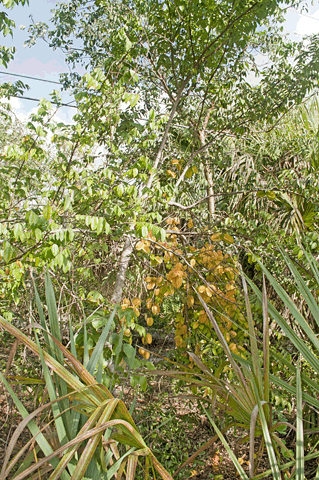
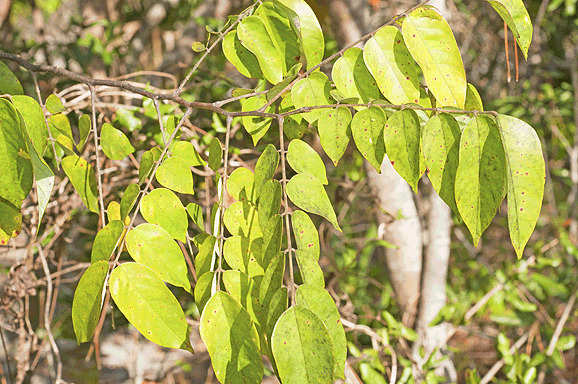
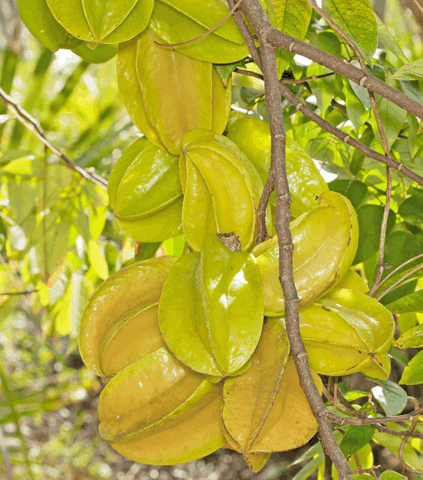
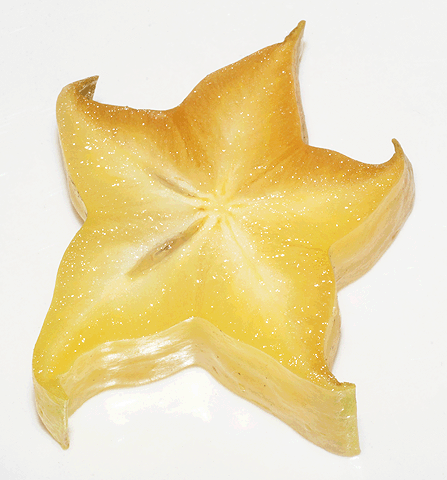 The plant's common name, "starfruit" is due to the star-shape created when fruit is cut in cross-section, shown at left. As shown in the photograph at far left, the uncut fruit has distinctive ridges running down its sides. The entire fruit is edible and is food for bats and all other fruit-eating animals.
The plant's common name, "starfruit" is due to the star-shape created when fruit is cut in cross-section, shown at left. As shown in the photograph at far left, the uncut fruit has distinctive ridges running down its sides. The entire fruit is edible and is food for bats and all other fruit-eating animals.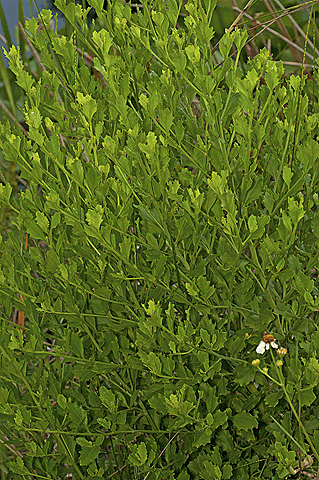
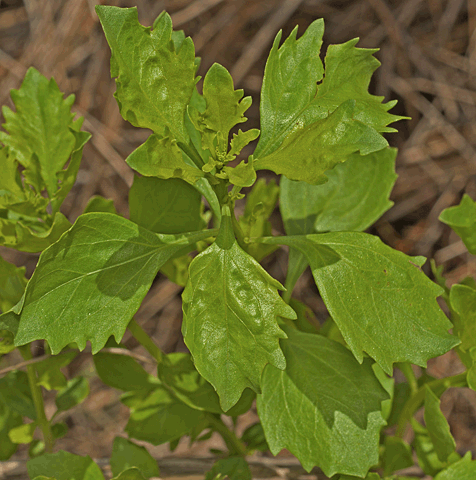
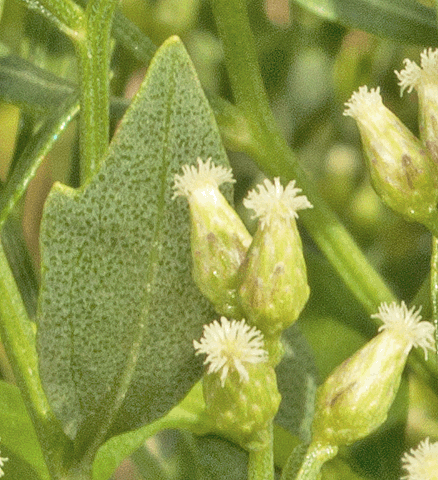
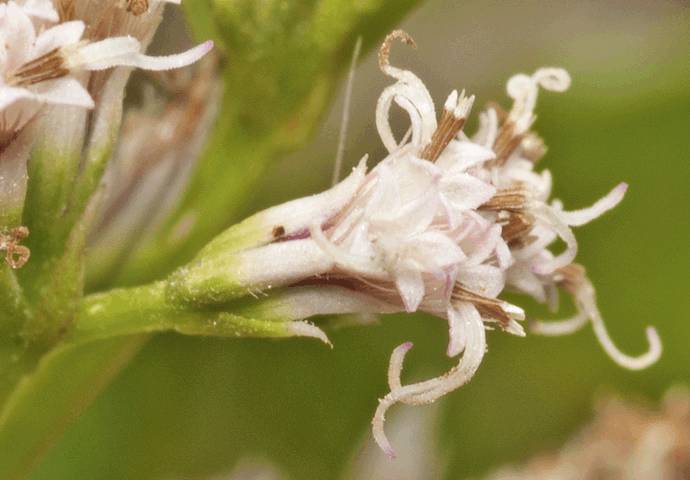
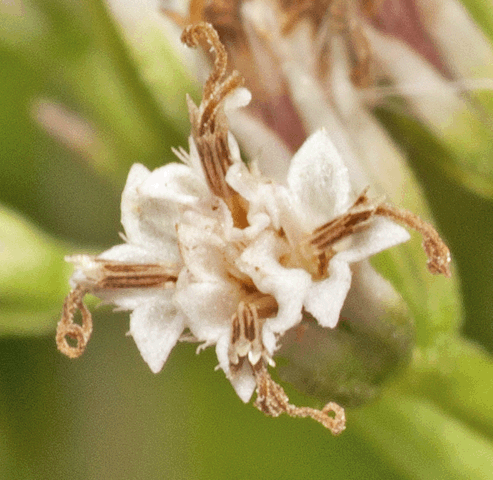
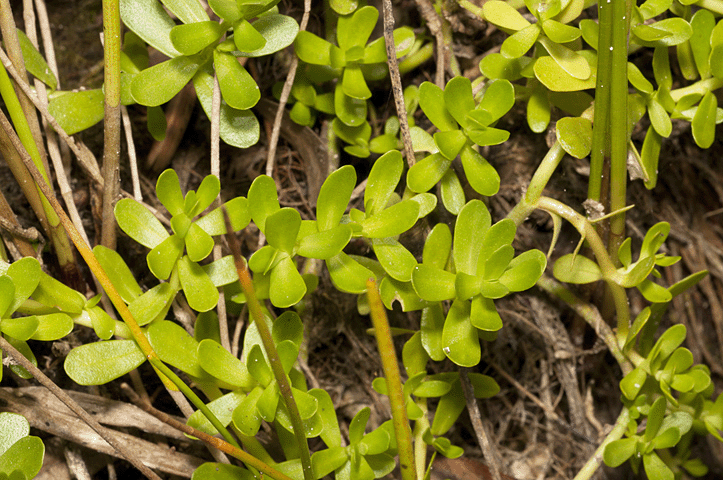
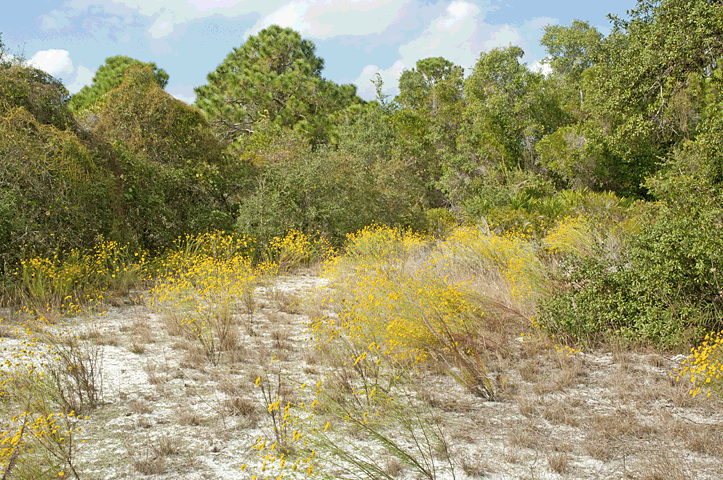
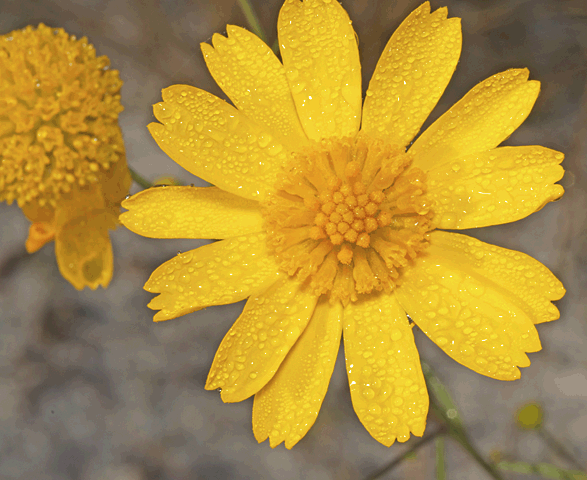
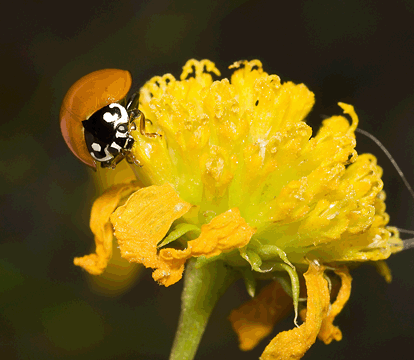
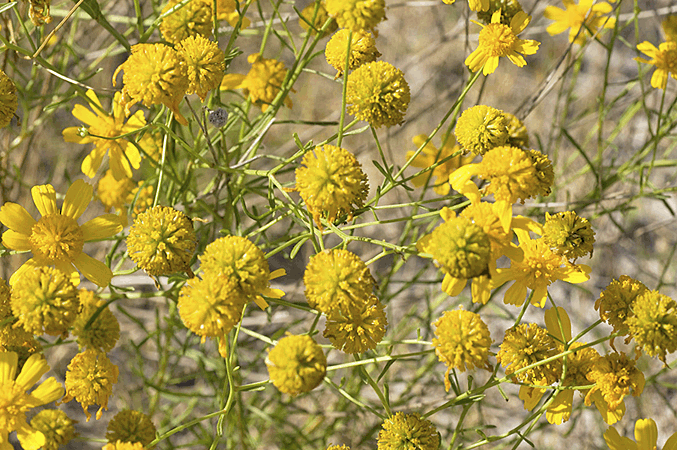
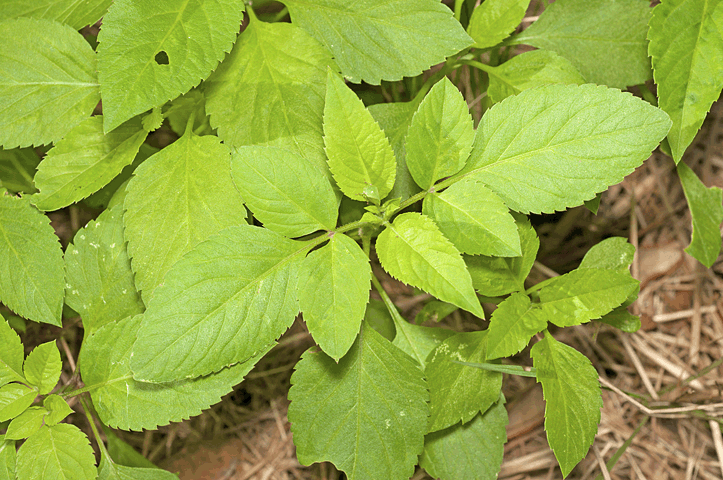
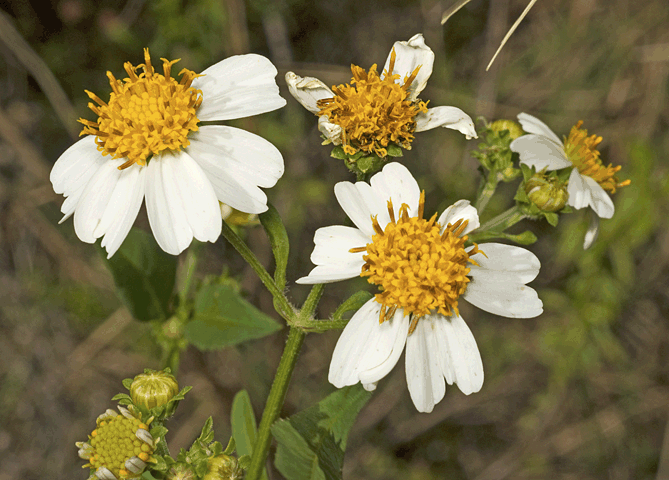
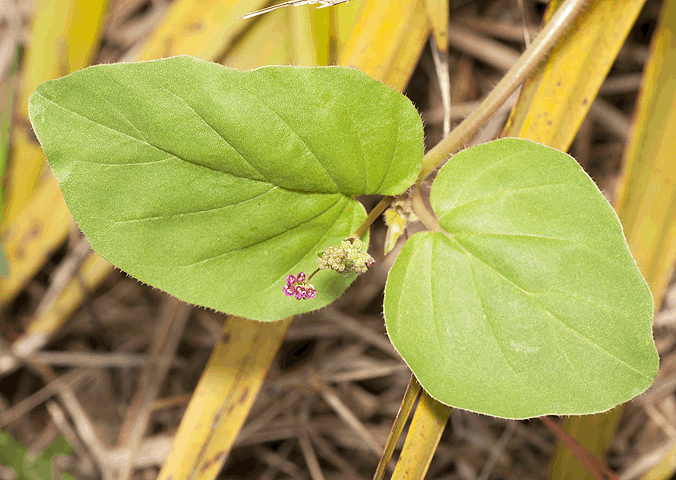
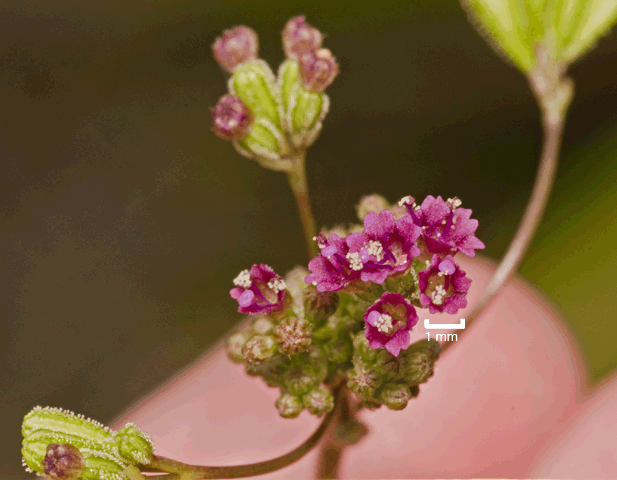
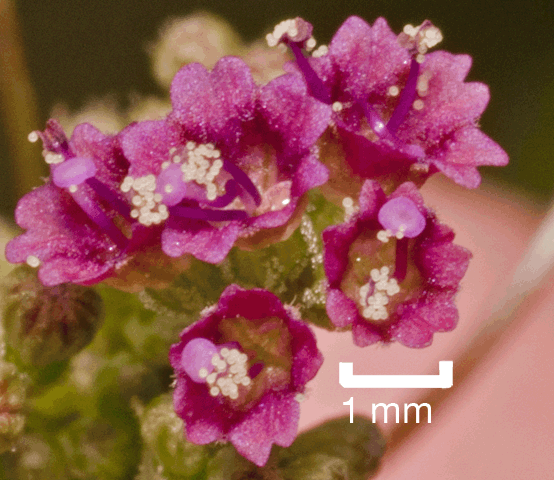
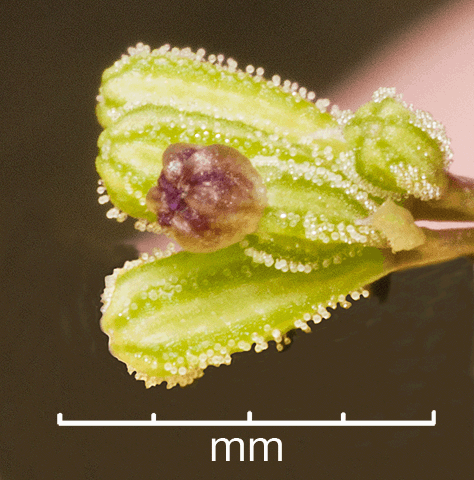
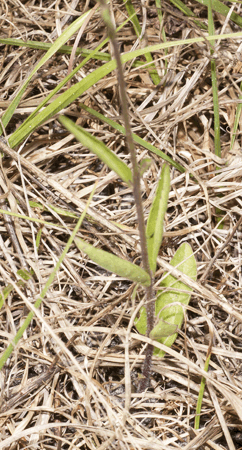 Buchnera americana is a perennial member of Family Scrophulriaceae (The Figwort Family). As shown at right, plants have slender erect stems, growing to heights of 80 cm. Stems are covered with small hair-like projections. Plants have underground rhizomes.
Buchnera americana is a perennial member of Family Scrophulriaceae (The Figwort Family). As shown at right, plants have slender erect stems, growing to heights of 80 cm. Stems are covered with small hair-like projections. Plants have underground rhizomes.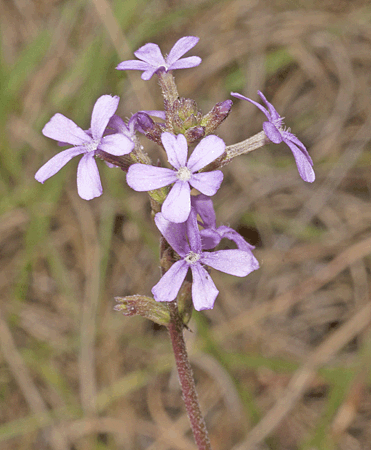
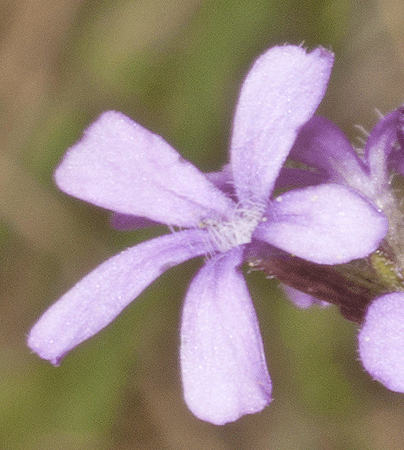
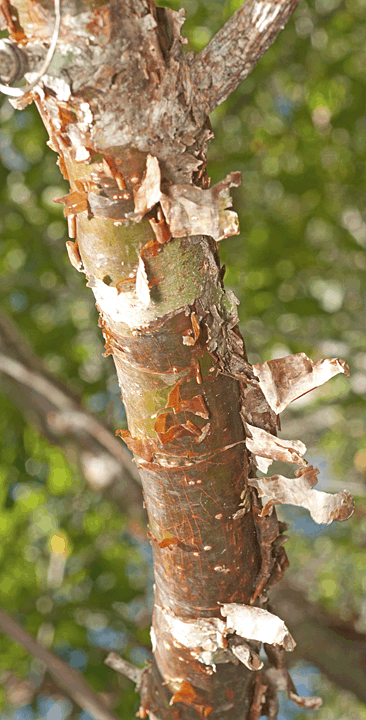
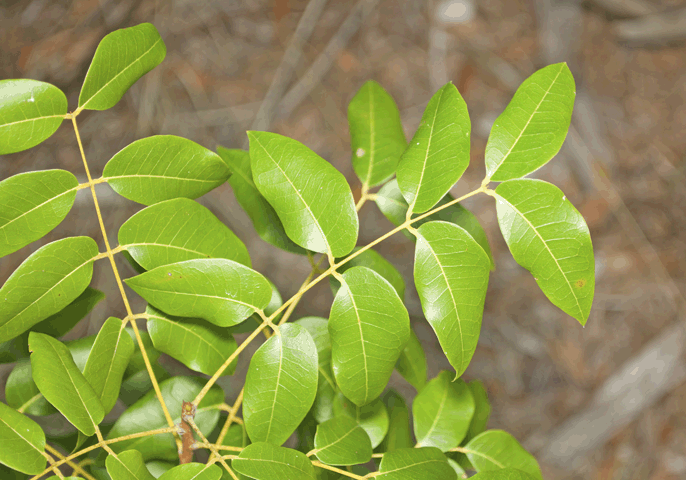
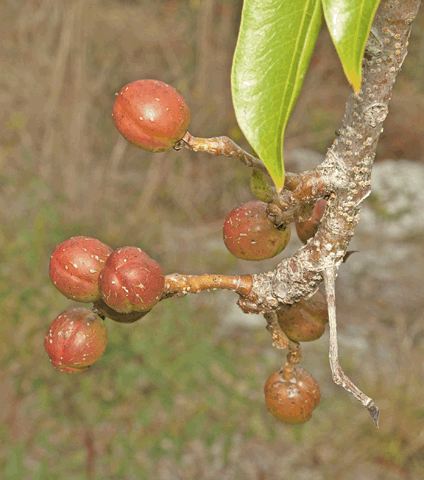
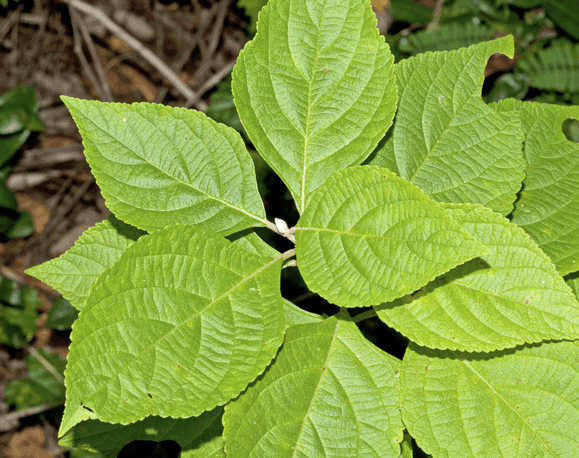
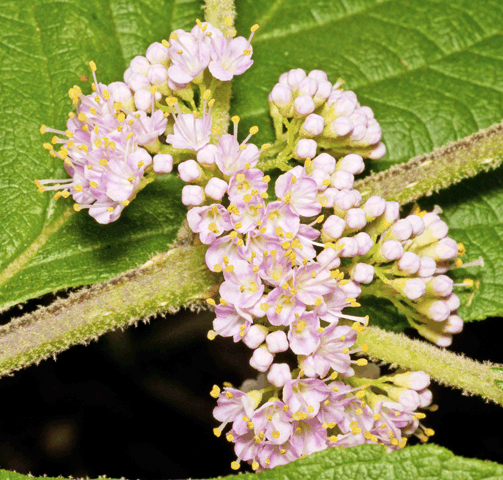
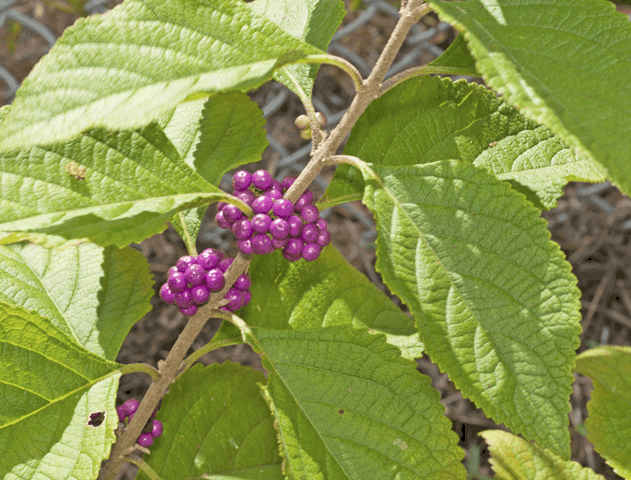
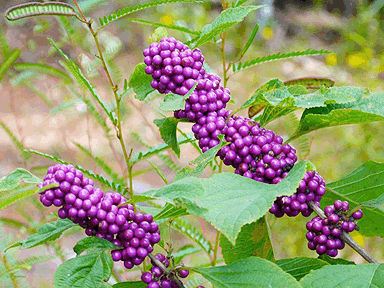
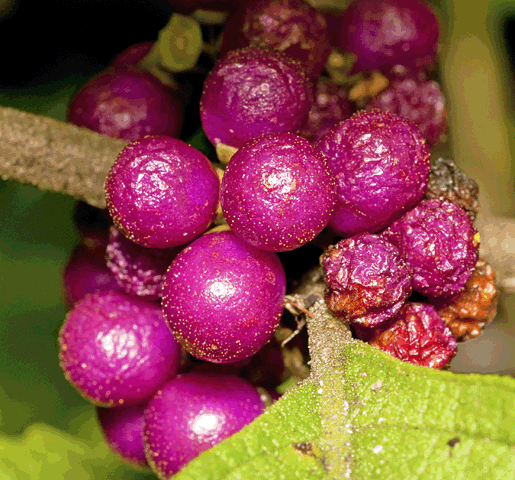 Callicarpa americana is a perennial shrub in Family Verbenaceae. It is native shrub, often grown as an ornamental. It grows 1 to 2 m tall, but can reach 3 m if conditions of soil and moisture are optimal. Its leaves grow in pairs or in threes, and the margins are coarsely toothed except near the base and tip. The flowers are tiny, pink, and in clusters at the base of the leaves. This plant is easily recognized by its large clusters of purple (sometimes white) berries.
Callicarpa americana is a perennial shrub in Family Verbenaceae. It is native shrub, often grown as an ornamental. It grows 1 to 2 m tall, but can reach 3 m if conditions of soil and moisture are optimal. Its leaves grow in pairs or in threes, and the margins are coarsely toothed except near the base and tip. The flowers are tiny, pink, and in clusters at the base of the leaves. This plant is easily recognized by its large clusters of purple (sometimes white) berries.